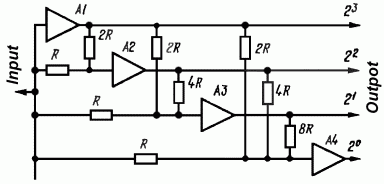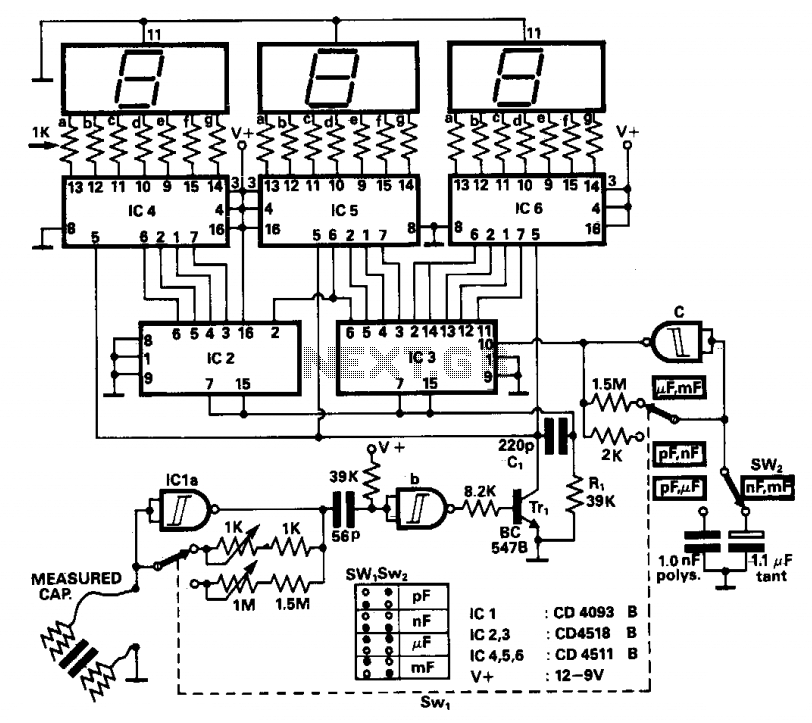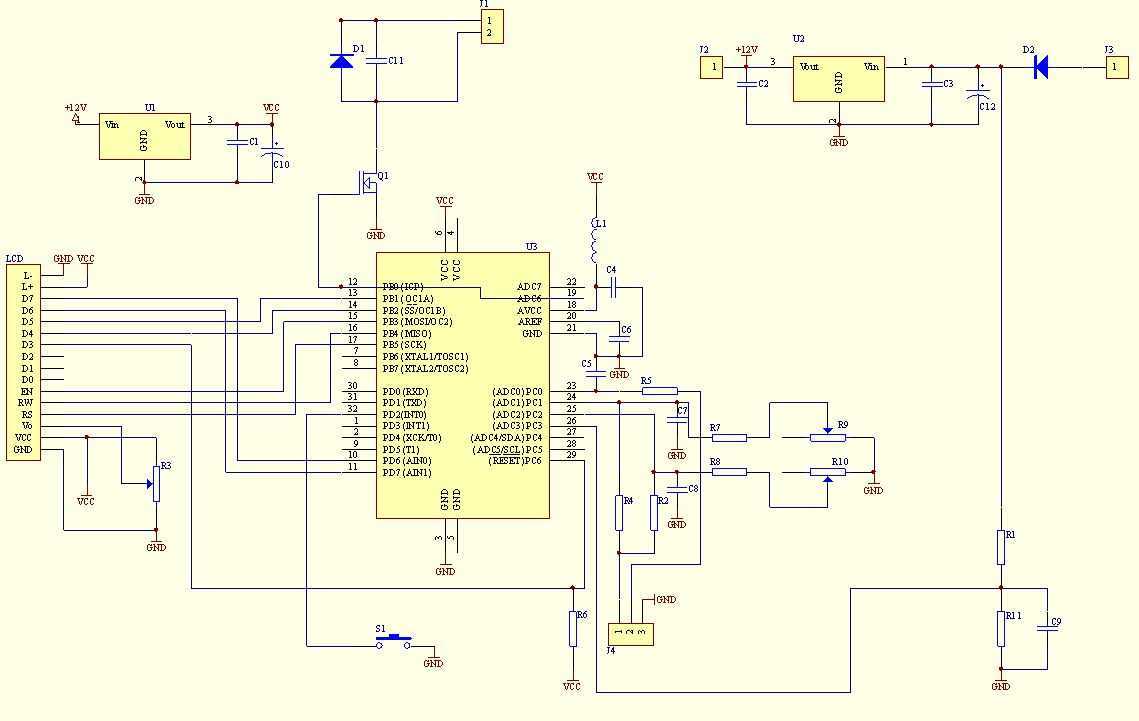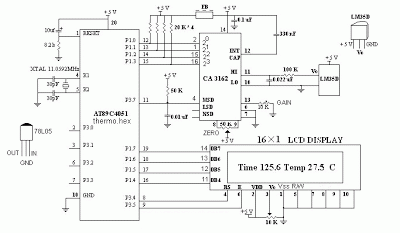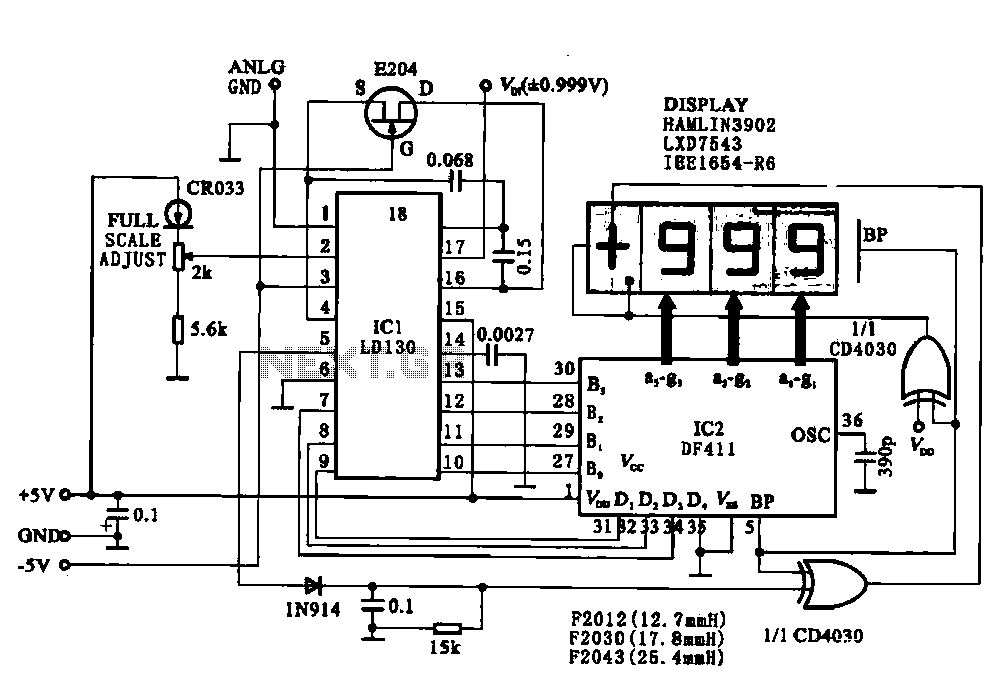
Digital Storage Oscilloscope Adapter

A follow up Mk2 version described by EA's Jim Rowe in the May/June/July 94 issues of EA improved on the original with calibrated time and vertical scales, and extra triggering features. This design proved even more popular than the first, proving that there is a genuine need for such a low audio bandwidth PC based scope. More: It's probably no surprise then, to find that many people have asked for a higher performance design, one with a bandwidth of several megahertz. Such a device would have a much wider appeal, and be useful in a much greater number of applications.
The Mk2 version of the PC-based oscilloscope, as described by Jim Rowe, enhances the original design through several key improvements that significantly increase its functionality and usability for electronic measurement applications. The introduction of calibrated time and vertical scales allows for precise measurements, enabling users to accurately analyze waveforms and signal characteristics. This feature is particularly important for engineers and technicians who rely on accurate data for troubleshooting and development.
Additionally, the incorporation of extra triggering features provides users with greater control over waveform capture. Triggering is essential for stabilizing repetitive waveforms, allowing the user to observe and analyze signals without distortion or drift. Enhanced triggering options may include edge triggering, pulse width triggering, and possibly even advanced triggering on specific signal patterns, thus accommodating a broader range of testing scenarios.
The demand for a higher performance version with a bandwidth of several megahertz indicates a market need for more advanced measurement tools. Such a device would not only cater to audio frequencies but also extend its capabilities into the radio frequency (RF) spectrum, making it suitable for a variety of applications including telecommunications, signal processing, and high-speed digital circuit testing.
A higher bandwidth oscilloscope would require advanced analog-to-digital conversion techniques, potentially utilizing high-speed ADCs (Analog-to-Digital Converters) to ensure that the signal integrity is maintained at elevated frequencies. The design would also necessitate careful consideration of the input circuitry to minimize noise and distortion, which are critical factors at higher frequencies.
Overall, the evolution of the Mk2 oscilloscope represents a significant step forward in PC-based measurement technology, addressing user needs for precision, versatility, and performance in a wide array of electronic applications.A follow up Mk2 version described by EA`s Jim Rowe in the May/June/July 94 issues of EA improved on the original with calibrated time and vertical scales, and extra triggering features. This design proved even more popular than the first, proving that there is a genuine need for such a low audio bandwidth PC based scope.
It`s probably no surprise then, to find that many people have asked for a higher performance design, one with a bandwidth of several megahertz. Such a device would have a much wider appeal, and be useful in a much greater number of applications.
🔗 External reference
The Mk2 version of the PC-based oscilloscope, as described by Jim Rowe, enhances the original design through several key improvements that significantly increase its functionality and usability for electronic measurement applications. The introduction of calibrated time and vertical scales allows for precise measurements, enabling users to accurately analyze waveforms and signal characteristics. This feature is particularly important for engineers and technicians who rely on accurate data for troubleshooting and development.
Additionally, the incorporation of extra triggering features provides users with greater control over waveform capture. Triggering is essential for stabilizing repetitive waveforms, allowing the user to observe and analyze signals without distortion or drift. Enhanced triggering options may include edge triggering, pulse width triggering, and possibly even advanced triggering on specific signal patterns, thus accommodating a broader range of testing scenarios.
The demand for a higher performance version with a bandwidth of several megahertz indicates a market need for more advanced measurement tools. Such a device would not only cater to audio frequencies but also extend its capabilities into the radio frequency (RF) spectrum, making it suitable for a variety of applications including telecommunications, signal processing, and high-speed digital circuit testing.
A higher bandwidth oscilloscope would require advanced analog-to-digital conversion techniques, potentially utilizing high-speed ADCs (Analog-to-Digital Converters) to ensure that the signal integrity is maintained at elevated frequencies. The design would also necessitate careful consideration of the input circuitry to minimize noise and distortion, which are critical factors at higher frequencies.
Overall, the evolution of the Mk2 oscilloscope represents a significant step forward in PC-based measurement technology, addressing user needs for precision, versatility, and performance in a wide array of electronic applications.A follow up Mk2 version described by EA`s Jim Rowe in the May/June/July 94 issues of EA improved on the original with calibrated time and vertical scales, and extra triggering features. This design proved even more popular than the first, proving that there is a genuine need for such a low audio bandwidth PC based scope.
It`s probably no surprise then, to find that many people have asked for a higher performance design, one with a bandwidth of several megahertz. Such a device would have a much wider appeal, and be useful in a much greater number of applications.
🔗 External reference
